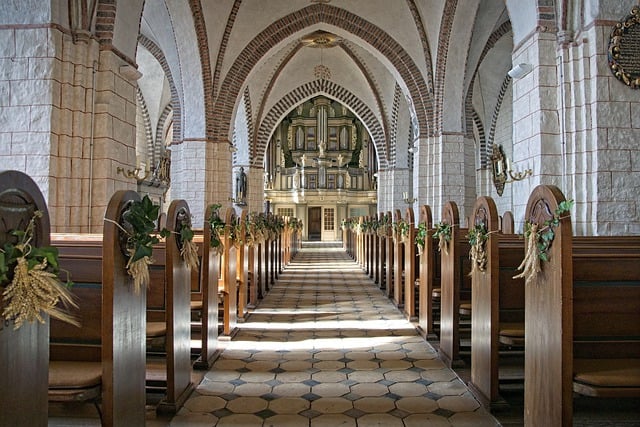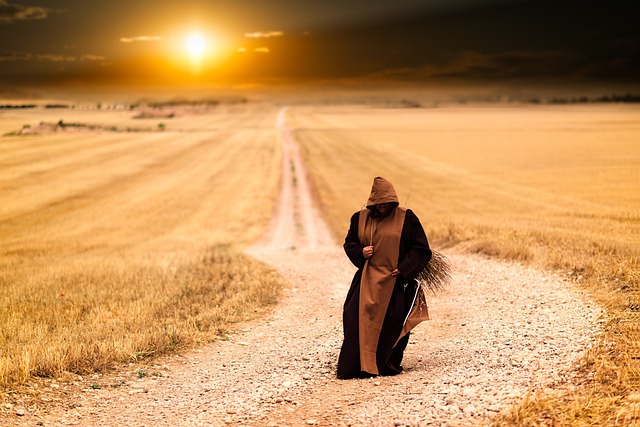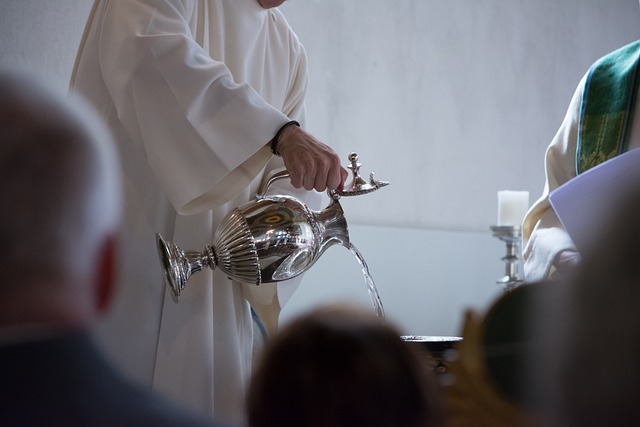Exploring the Role of Organs in Religious Rituals
Throughout history, music has played a pivotal role in shaping religious experiences and rituals. Among the various musical instruments used in worship, the organ stands out as a symbol of sonic majesty and spiritual elevation. From cathedrals to small chapels, the organ has earned its place as a sacred instrument, encapsulating the essence of divine connection through sound.
The organ’s rich, resonant tones carry a unique ability to evoke emotion and create a sense of transcendence. When played during religious ceremonies, its powerful chords can awaken feelings of reverence and awe within congregants. The instrument can amplify the human voice in hymn-singing, allowing worshippers to join in a collective expression of faith, strengthening their bond with each other and the divine.
In many traditions, the organ is more than just a musical instrument; it symbolizes the harmony and order found in religious teachings. The complex structure of the organ, with its array of pipes and tonal variations, mirrors the intricate nature of spiritual beliefs and practices. Its vast capacity for sound embodies the glory of the divine, and when played, it fills sacred spaces with melodies that seem to resonate with the heartbeat of the universe.
Different religious denominations have uniquely integrated the organ into their rituals. In Christianity, it serves as a cornerstone in churches where liturgical music enhances the experience of worship. The grand organs found in cathedrals are often designed to evoke a sense of reverent awe, transforming the act of worship into a profound encounter with the sacred. Classic compositions by renowned composers such as Bach and Handel have elevated organ music to an art form that continues to inspire contemporary worship leaders.
In the context of Judaism, the organ holds significance in various ceremonial functions, particularly during celebrations such as Bar and Bat Mitzvahs. In these instances, the organ serves to honor tradition while enhancing the joyous atmosphere of the rituals. Similarly, in other faiths, including Islam and Hinduism, while the organ may not traditionally be part of the worship practice, the incorporation of similar wind instruments emphasizes the universality of music as a form of prayer.
The connection between the organ and rituals is deeply rooted in the belief that music can uplift the human spirit. It allows individuals to express their innermost feelings, thoughts, and devotion in ways that words alone often cannot. In the midst of everyday life’s challenges, the sound of an organ can transport the faithful into a realm of tranquility and solace, offering a momentary escape into spiritual clarity.
Moreover, the communal aspect of singing accompanied by the organ fosters a sense of belonging. Congregations often feel united when they join their voices in harmony, resonating with the organ’s melodies. This collective participation reinforces the idea of a shared journey in faith, wherein music acts as a conduit for connection—to one another, to the community, and to the divine.
As we delve deeper into the spiritual landscape shaped by the organ, we discover its profound impact on religious ceremonies. This majestic instrument, with its complex sounds and rich history, will continue to play a vital role in religious rituals, breathing life into the traditions that bind us. Its ability to captivate hearts and elevate souls is a testament to the enduring power of music in the sacred realm.



